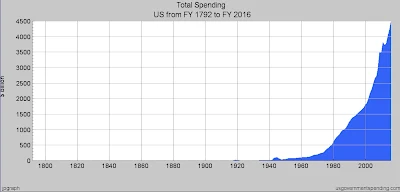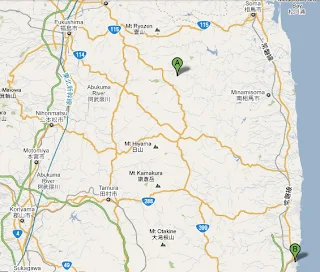When you could begin to sell every two years and avoid the capital gain.
The chart here shows the first stirrings late in the year of what was to become the housing bubble.
The chart here shows the first stirrings late in the year of what was to become the housing bubble.
August 5, 1997 marked the date when the Taxpayer Relief Act of 1997 was signed into law by President Clinton.
"When the bill passed in the summer of 1997, it stipulated that married couples would pay no taxes on the first $500,000 in profits from the sale of a house. At the time, this wasn’t seen as an incentive for people to start trading up or flipping houses—although, according to the National Association of Realtors, single-family-home sales jumped 13 percent the year after it passed, and some economists have said it instantly added value to homes, and fueled their rise in prices. But if you drove over that bridge, into the 21st century, and combined this windfall with record-low interest rates and lower down-payment mortgage requirements, the synergy changed the way people bought homes: Instead of looking at how much house they could afford, people started looking at how much mortgage they could carry. (In other words, you could roll the profits into a pricier house, put less down, and still wind up with a lower monthly mortgage payment.) Taken by itself, the Taxpayer Relief Act of 1997 didn’t cause the economic meltdown. But it was one more piece of kindling on the cord that would eventually become the bonfire of all our vanities."
-- Bruce Feirstein, here
The mortgages behind those houses had started to become mere commodities, too, at about the same time:
Securitization accelerated in the mid-1990s. The total amount of mortgage-backed securities issued almost tripled between 1996 and 2007, to $7.3 trillion.
Hurting us where we live.
Securitization accelerated in the mid-1990s. The total amount of mortgage-backed securities issued almost tripled between 1996 and 2007, to $7.3 trillion.
Hurting us where we live.




























